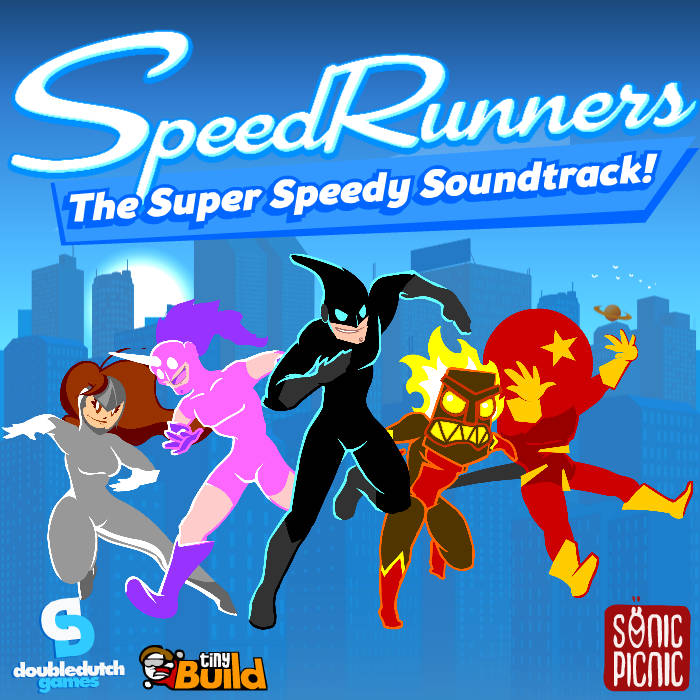


“Given that it makes use of the Unity Engine, which didn’t even exist when the original games were released, it’s clear that no matter how accurate this remaster was going to be there were always going to be variations in the physics.” Given that it makes use of the Unity Engine, which didn’t even exist when the original games were released, it’s clear that no matter how accurate this remaster was going to be there were always going to be variations in the physics. The main issue some will have with this remaster – and it’s one that will only affect a fraction of the most die-hard players – is that there are some slight differences to the game’s feel. Of course, it wouldn’t be Monkey Ball without the mini-games, and all 12 from Super Monkey Ball Deluxe return here with support for up to four players.Įveryone has their own personal favourite game so we won’t dwell too much on whether Monkey Fight or Monkey Target is the best (spoiler: it’s the latter), but each game has a strong variety of options, ensuring a fun night with pals. The game happily throws coins at players for almost everything they do, meaning it’s possible to achieve a nice collection of currency within just an hour or two, enough to unlock most of the modes or some guest characters.Īs has been widely reported before launch, the game features Sonic, Tails, Beat from Jet Set Radio and Kazuma Kiryu from the Yakuza series, and with more on the way as DLC (including Hello Kitty) it’s clear that Sega sees this special guest feature as a potential cash cow (or moolah monkey, if you will) going forwards. Thankfully, it takes hardly any time to earn enough coins to unlock these modes, along with anything else you have your eye on in the Points Shop. Other special modes include Reverse mode (which flips the start and goal in some stages), Golden Banana mode (which removes the goal and makes the player collect every banana before time runs out) and Dark Banana mode (which adds poison bananas that end your run if you hit them). These include the option to play through the 46 extra stages added to Deluxe, as well as an Original Stage mode, which takes 23 levels from the games that had been tweaked to make them a little easier, and restores them to their original near-impossible difficulty. Story Mode also has to be played in a set order, rather than letting players choose which stage to take on next.Īs well as the Story mode and the other main stages from the first two games (now listed as Challenge Mode), there are also a handful of ‘special modes’, which can be unlocked in the game’s Points Shop. This includes the return of the 100-stage Story Mode from Super Monkey Ball 2, although its CGI cutscenes have been replaced by far less charming sequences that play out almost like animated comics. “It’s hard to think of many full-price games that would get away with basing its entire control system on just one analogue stuck and nothing else, but Monkey Ball does it.”īy combining Super Monkey Ball 1, 2 and Deluxe in one package, Banana Mania offers players a huge selection of stages to make their way through. The buttons do nothing, this is purely about navigating that ball to the goal. It’s hard to think of many full-price games that would get away with basing its entire control system on just one analogue stuck and nothing else, but Monkey Ball does it. The success of the game, then, lies in its simplicity. These are entirely optional but help provide that extra challenge for those who feel they need it.Īnd that’s literally it. The player has to tilt the stage with the analogue stick to guide the monkey to the exit without either falling off the edge or running out of time.Įach stage is also littered with bananas, which can be collected for extra points (and, in this game, earn you coins that can be spent on unlockables). Each stage consists of an obstacle course with a goal at the end, along with a monkey in a giant ball. If you’ve managed to avoid playing Super Monkey Ball up to this point, the central concept is the very definition of ‘easy to learn, hard to master’. The return to the series’ roots is a welcome one, not least because it gives Monkey Ball fans and complete newcomers alike another chance to enjoy Toshihiro Nagoshi’s creation in its purest form.


 0 kommentar(er)
0 kommentar(er)
